The Man Who Changed the Way LA Eats.
Also a celebration of nouvelle cuisine. Two romantic days of dining. And an essential oil for Indian food lovers.
With the announcement this week that Daniel Boulud plans to open his first Los Angeles restaurant, I’ve been thinking about the French influence on Los Angeles food. That, inevitably, made me think about L’Ermitage, and its first chef, Jean Bertranou, who passed away before the words “celebrity” and “chef” had much to do with each other. He’s been nearly forgotten: the ad above, for sale on EBay for $4.99, is the only photograph I could find of the great chef. That’s a shame, for Bertranou was a monumental force who transformed Los Angeles restaurants.
When the chef first arrived in Los Angeles he sent a letter to a friend in France. “California is one of the most beautiful countries I have seen in my life,” he wrote, “but when it comes to cooking, forget it.”
But the thing is, Bertranou didn’t forget it. He changed it. When he couldn’t locate a single green bean that was up to his standards he found a farmer to grow them for him. He didn’t think much of the ducks here either, so he started a duck farm. (He said he smuggled the eggs in from France by hiding them among white chocolate Easter eggs and ostentatiously cracking a candy at Customs. It’s very likely apocryphal but it’s a great story.) Bertranou also smoked his own salmon, and when he opened L’Ermitage in 1975, the event resonated throughout the community. In the words of Wolfgang Puck, “He showed us that something more could be done in Los Angeles.”
Bertranou was widely admired and greatly loved, and when he died in 1980 there was genuine mourning in the restaurant community. One of his most important accomplishments was training a generation of young chefs: John Sedlar, Roy Yamaguchi, and Kazuto Matsusaka all credit him as a mentor. When Michael’s restaurant opened, proudly showcasing California products, Bertranou’s smoked salmon was on the menu.
In this article, written when the restaurant closed, I noted “When L’Ermitage opened in 1975 it was a restaurant for rich people. When it closed last week it was an institution. Why should you care? Because even if you’ve never been to an expensive restaurant--and have no intention of setting foot inside of one--it changed the way you eat.”
(Written in 2010)
It’s been years since I sat down to lunch at noon and spent the entire afternoon slowly, dreamily, eating (and drinking) the day away. After today’s languid five-hour meal at Daniel, I wonder why I got out of the habit.
The idea for this lunch grew out of another long lunch, when Daniel Boulud and Colman Andrews began boozily reminiscing about the French food of the seventies. It was a halcyon time, the beginning of la nouvelle cuisine, when young chefs were throwing out all the rulebooks. It was also the time when Daniel was starting out, working with French masters like Michel Guerard and Paul Bocuse.
And so, this retour aux annees ’70: an homage to the great French chefs of the time. It was also, said Daniel slyly, an attempt to lure Colman (who has just written a book on Irish food and a biography of Ferran Adria), back to France.
As a seduction, I’d say it was entirely successful. We started with an entire lobe of foie gras wrapped in a peppercorn jelly; the rosy liver gleamed out from the dark wrapping, its soft sweetness underlined by the prickle of the peppers. We drank an extraordinary sauternes, a ’62 Coutet (with its original price – $4 – still stamped on the bottle).
Back in the seventies you couldn’t pick up a food magazine without reading about the truffle soup Paul Bocuse created in 1975 when Valery Giscard D’Estaing presented him with the Legion of Honor. A golden dome of puff pastry rose dramatically above the bowl. Here’s the Bocuse recipe. Daniel tweaked it to create a textural treasure hunt; each time you poked your spoon through that rich pastry into the game broth you came up with some wildly different texture. Now it is a bit of quenelle that dissolves in an instant, now a chewy little nugget of truffle, now a soft pillow of liver.
Georges Blanc’s frog’s legs, heady with parsley and garlic, were served in a puddle of clarified butter; they were so invitingly fragrant it was impossible not to pick them up and nibble them right down to the bone. The Raveneau Chablis (2004), was not only the most perfect Chablis I’ve ever tasted, but also the perfect wine for this dish, the acid slicing right through the richness.
Why did I forget what a shock it was the first time I tasted the Troisgros salmon? Eating this lovely little square of fish in its verdant sorrel sauce I suddenly remembered that moment in Roanne, remembered thinking that I had never really tasted salmon before. Thinly sliced and barely cooked (and only on one side), it was, for me, the doorway to sushi. Eating it, slowly, thoughtfully, I began to wonder what fish might taste like raw. It was then – and is now – the epitome of simplicity, and utterly satisfying.
Next we had an extraordinary tart of cepes and innards, an Alain Chapel dish from 1974. Even more appealing, at least to me, was the tender little kidney on the side; it looked like a rose just beginning to bloom, with a flavor so gentle it was hard to recall the kidney Leopold Bloom so relishes in Ulysses, with its “ fine tang of faintly scented urine”.
As the plates were being removed a trio of large ducks was paraded about the room and then carved with great fanfare. The carcasses were put though an enormous duck press and the blood stirred into the sauce. The meat was intensely red and deeply flavorful, with the primitive and faintly metallic tang that comes only from blood. The accompanying wine, Domaine de la Grange des Peres 2000, impressed me more than the fancy 1990 Volnays served with the previous course.
Then there was Le Timanoix, a cheese washed in walnut liqueur, alongside a caramelized fig tart and the spectacular cake that Gaston LeNotre invented to honor the Concorde in 1978 (although with its mass of chocolate curls it looked more like an homage to Shirley Temple). They were both great, but even greater was the Boal Madeira from 1865. Think about it: We were drinking wine made while the Civil War was being fought.
And that, of course, is one of the great things about food. It is one sure way to remember the past. And as this lunch reminded me, the seventies are worth remembering.
I first discovered mustard seed oil in Indian restaurants, where it is an essential oil both for its spicy, horseradish-like flavor and it high smoke point (480 degrees). Then I learned that, due to its high degree of erucic acid (which possibly causes heart problems), mustard seed oil is sold only for external use in the United States
Happily I’ve now now found Yandilla Mustard Seed Oil, a food-grade mustard oil I can use with impunity. Produced in Australia, where the seeds are carefully bred to reduce the erucic acid content, it has a fierce, spicy, rather woody flavor. If you’re a fan of Indian cooking, you’ll want this in your pantry.
For a long discussion of mustard seed oil, here’s an article by Nik Sharma from Serious Eats.
A couple of weeks ago a reader asked me to recommend two days of romantic eating in Los Angeles. I’ve had a lot of fun thinking about it.
Of course we all define romance rather differently, and this might not be your idea of heaven. But if I were planning two carefree days in Los Angeles with a food-loving lover, this is what I’d want to do.
Day One
We begin with breakfast at Porridge and Puffs. I considered a dim sum breakfast at Sea Harbor in Rosemead, but the truth is you need a crowd to really enjoy dim sum, and there are only two of us. Then I remembered the rumors that Minh Phan is about to reopen Porridge and Puffs, and I can’t imagine a better way to start the day than with one of her gorgeous creations.
Afterwards we’d head out to the San Gabriel Valley to the 99 Ranch Supermarket. There is little I like better than wandering around this giant emporium where they sell everything you need to cook Asian food. Looking for durians? Check! Live seafood? No problem. Arcane ingredients? Absolutely!
From there we would wend our way to the Huntington Gardens, one of the loveliest, most romantic places in this city.
Lunch? We’re off to Malibu for a leisurely meal at Nobu. There may be better places to indulge in sushi, but there is no more romantic seaside spot than this. We’d sit here, watching the waves roll in and out as we contemplate our good fortune.
Heading back to town we’ll stop at The Getty and spend hours wandering through this beautiful space until it’s time to leave for dinner at Providence. Michael Cimarusti has created the most grown up restaurant in the entire city: the mood is romantic, the service superb, the food exciting.
If we’re still in the mood, we’ll end the night at Grandmasters Recorders with a midnight drink. They’re open til two a.m, and on a clear night a seat up here makes you feel you’re on top of the world.
Day Two
We begin with breakfast at Republique. I think we’ll have lobster omelettes with hollandaise sauce, cappuccinos and perhaps an ube brioche.
Thus refreshed we’ll head to the Hollywood Farmers’ market, because it’s Sunday and missing Sunday at the market always makes me sad. After stopping by my favorite stands - Weiser’s, Bub and Grandma’s, JJ’s Lone Daughter Ranch - we’ll swing by the Oyster Boys to indulge in some freshly-shucked mollusks.
Next stop: The Broad. The Kentridge show is closing in a couple weeks, and I want to see it once more before it leaves. It’s been a long time since I’ve been so moved by a museum exhibit.
And then…. it will be hard to resist stopping in at the Grand Central Market. During my years at the LA Times, I wandered over to the rather shabby old market at least once a week. These days it’s utterly transformed, but among all the hip new emporiums there’s one holdover from the past. We’ll sit at the counter at China Cafe and order a plate of egg foo yeung for old times sake.
Then it’s on to Koreatown and Soban: when it comes to romantic dining I can’t think of anything better than their astonishingly delicious raw crab. The creature is marinated in soy sauce and served in all its naked glory; there’s something extremely sexy about cracking the shells with your teeth and sucking out every delicious morsel.
Now we need a drink. I’m thinking The Rooftop by JG in Beverly Hills might be the perfect place. Great views in every direction.
It’s our last supper, and there are so many possibilities. We’re heading for N/Naka, a restaurant I love, when it hits me that for a final night of romance we should be going to Wolfgang Puck at the Bel-Air Hotel. With its resident swans, its gardens, its romantic lighting and grand piano, this is a fairytale setting. Puck’s food has always seemed a perfect fit, but this is our last chance. A week from today Puck and The Bel-Air are parting ways, and who knows what the next iteration will be?
Best thing I’ve eaten this week? Hands down, the spectacular cream biscuits at Manuela. I’ve baked a lot of biscuits in my life; none have come close to these rich, layered little buns that literally melt in your mouth.
Still in the mood for more about Los Angeles restaurants? You might want to read this Los Angeles Magazine article. Just out, it is the story of the young chefs who came after Betranou and changed the way the city dined in the eighties.




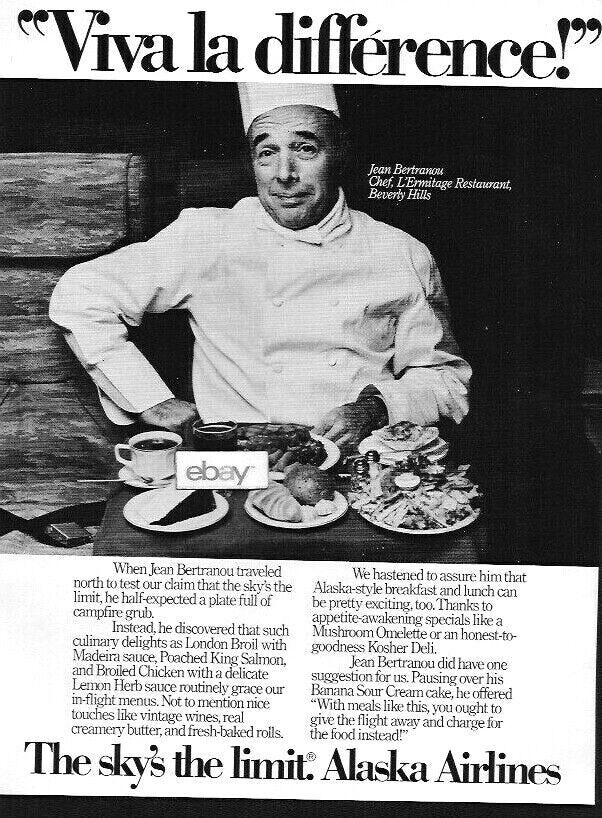

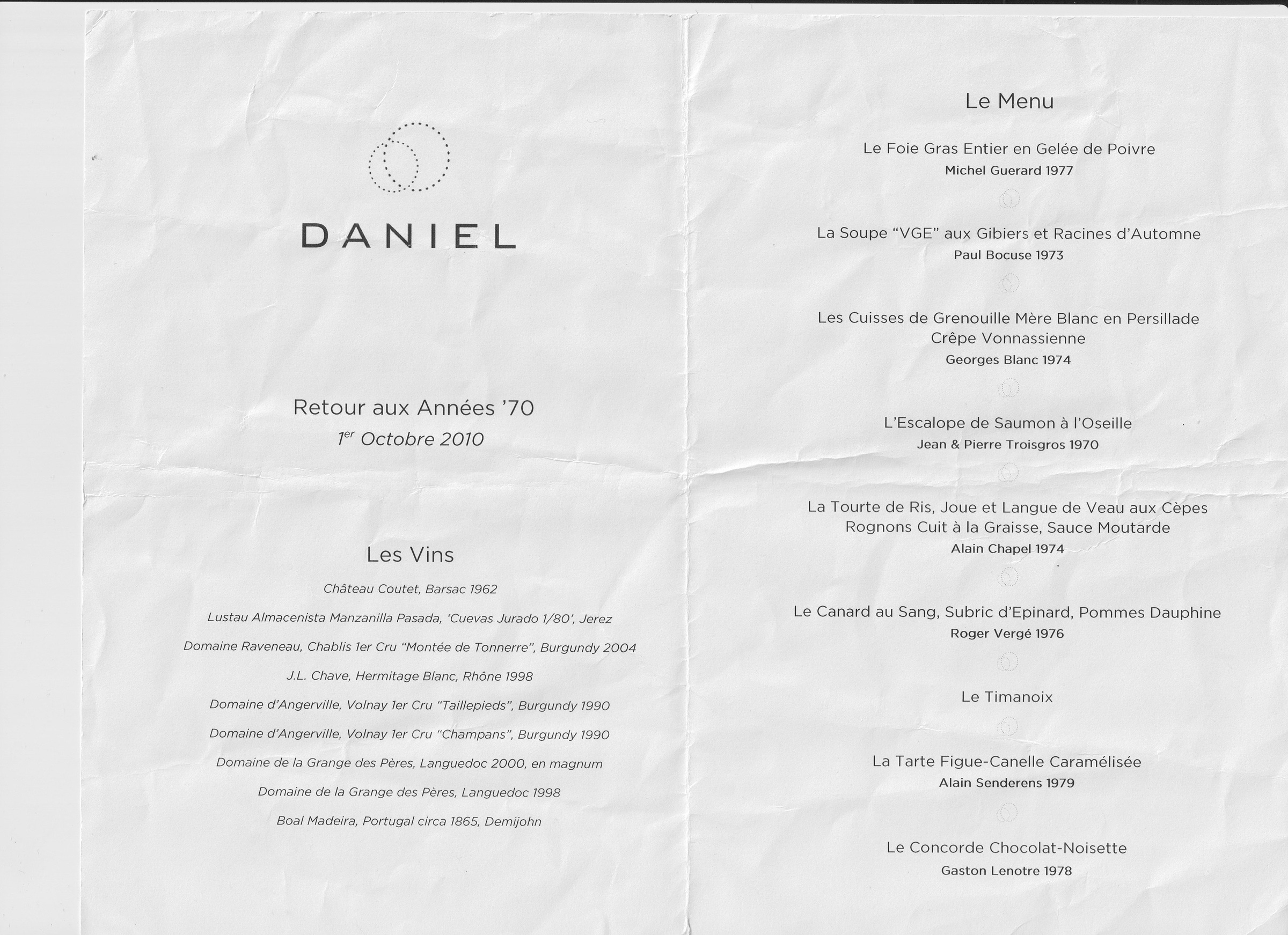

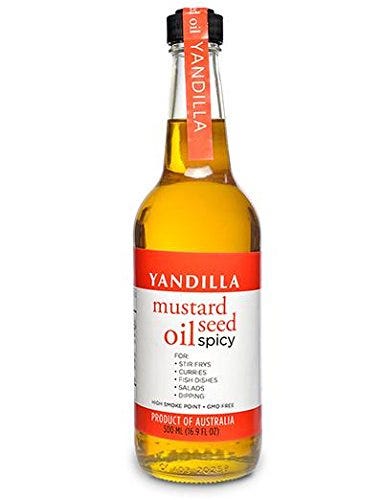

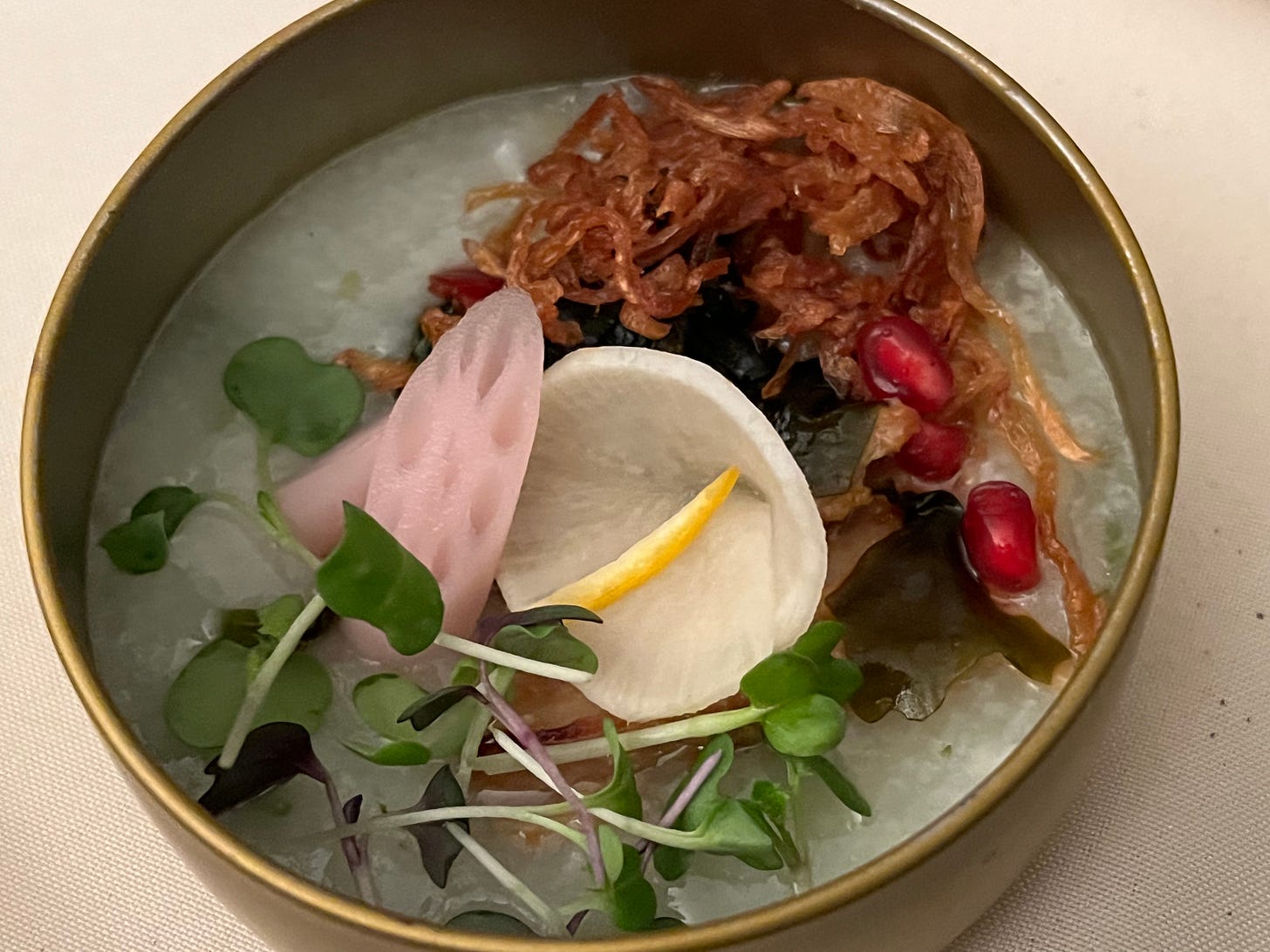
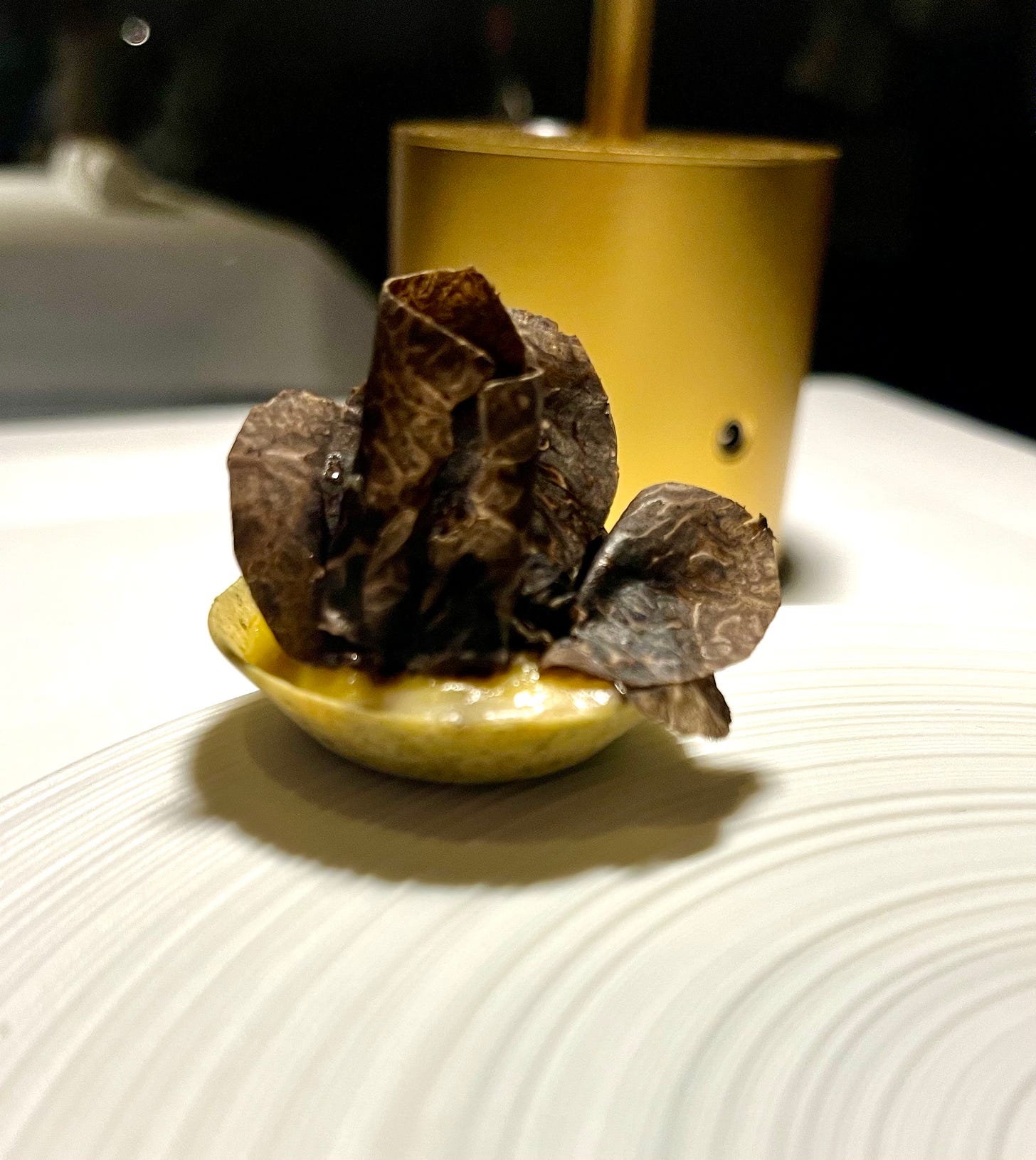

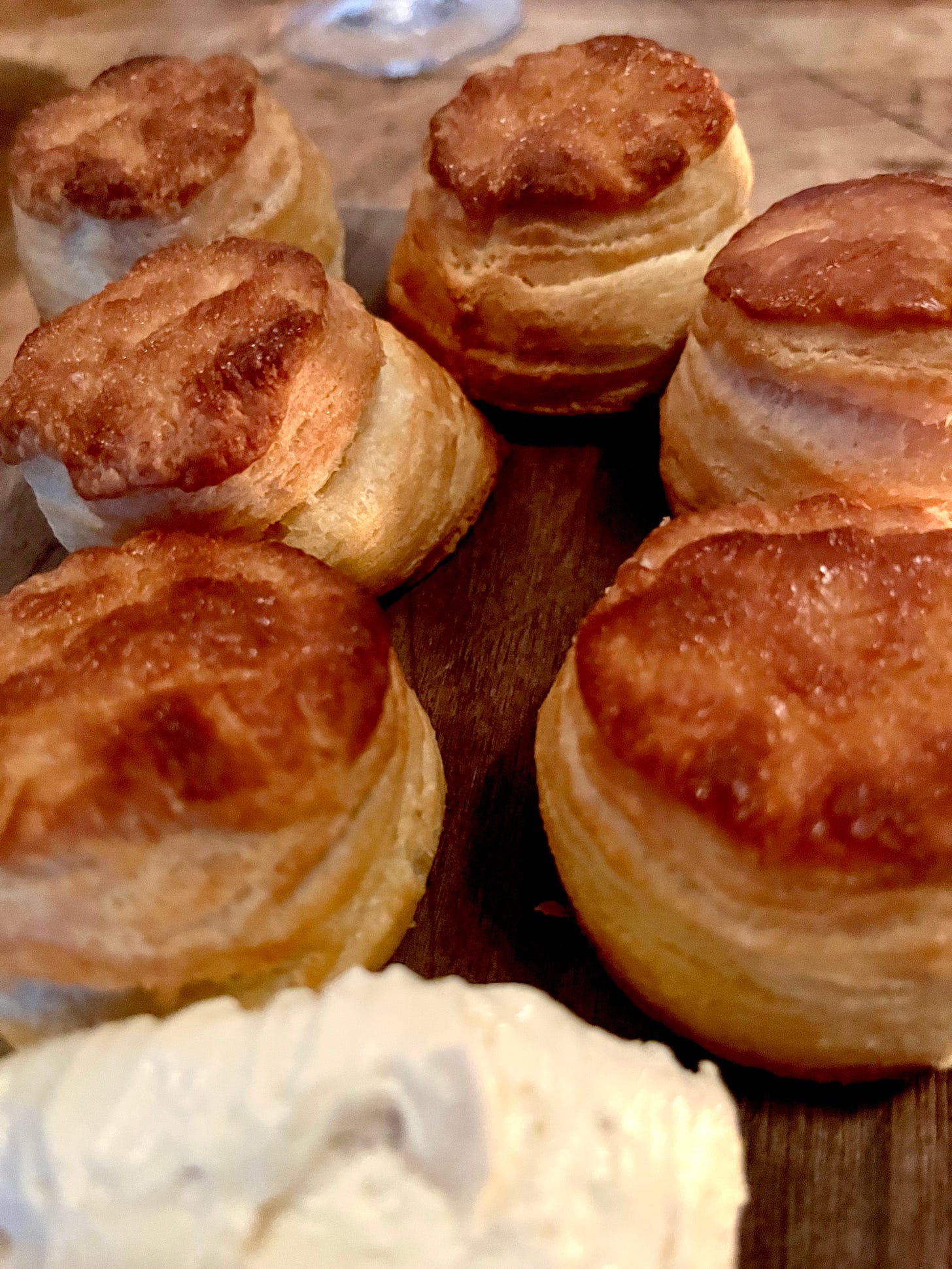

I searched Newspapers dot com for Jean Bertranou, and found half a dozen or more great photos of him in old issues of the LA Times, including one by Alan Berliner accompanying your 1991 article.
What an amazing romantic two days you’ve described! How kind and generous! I can’t wait!